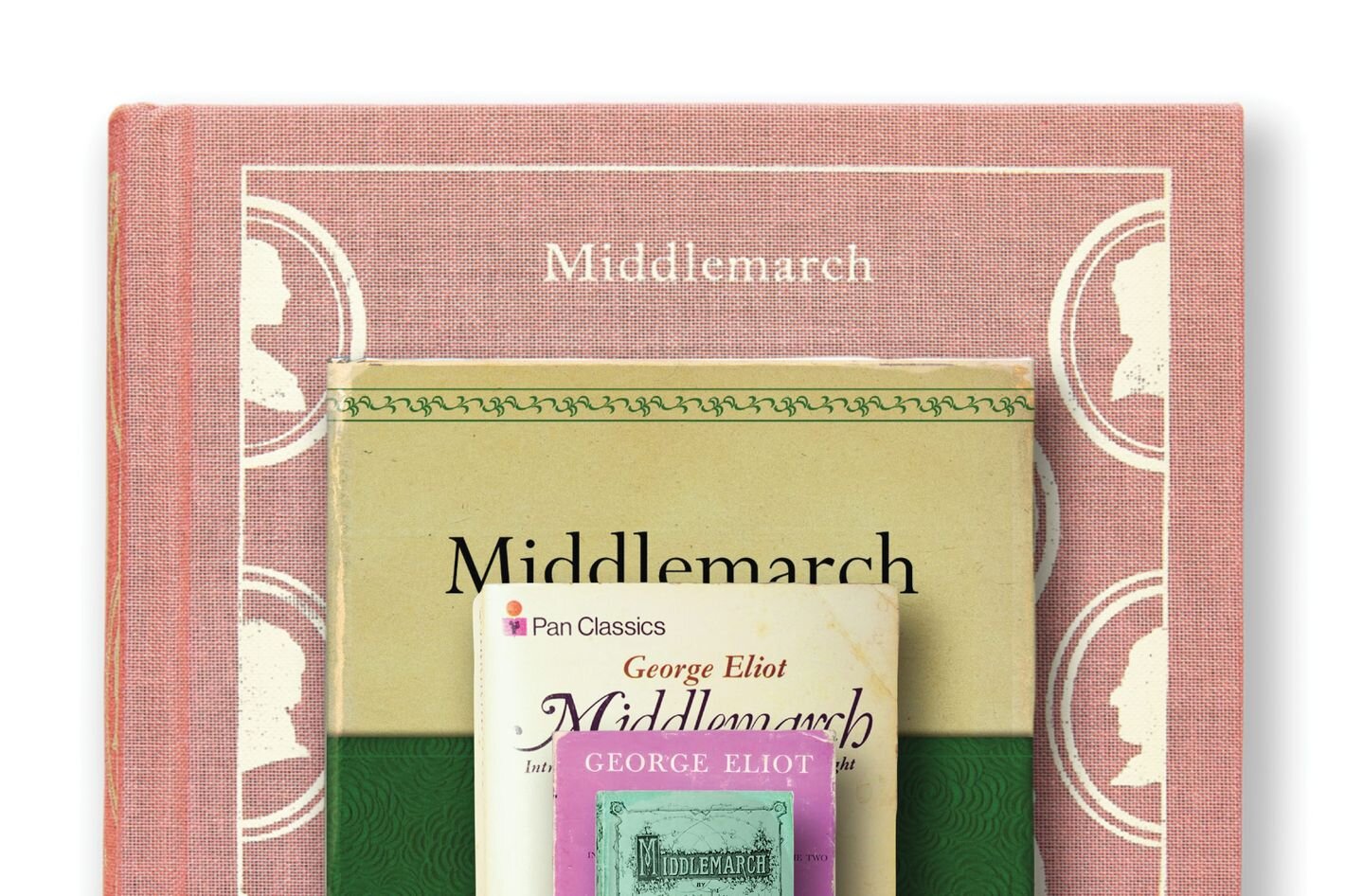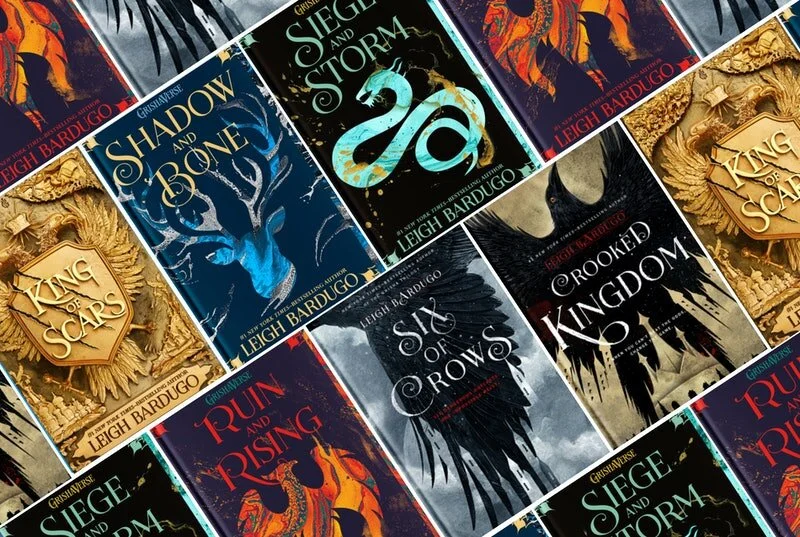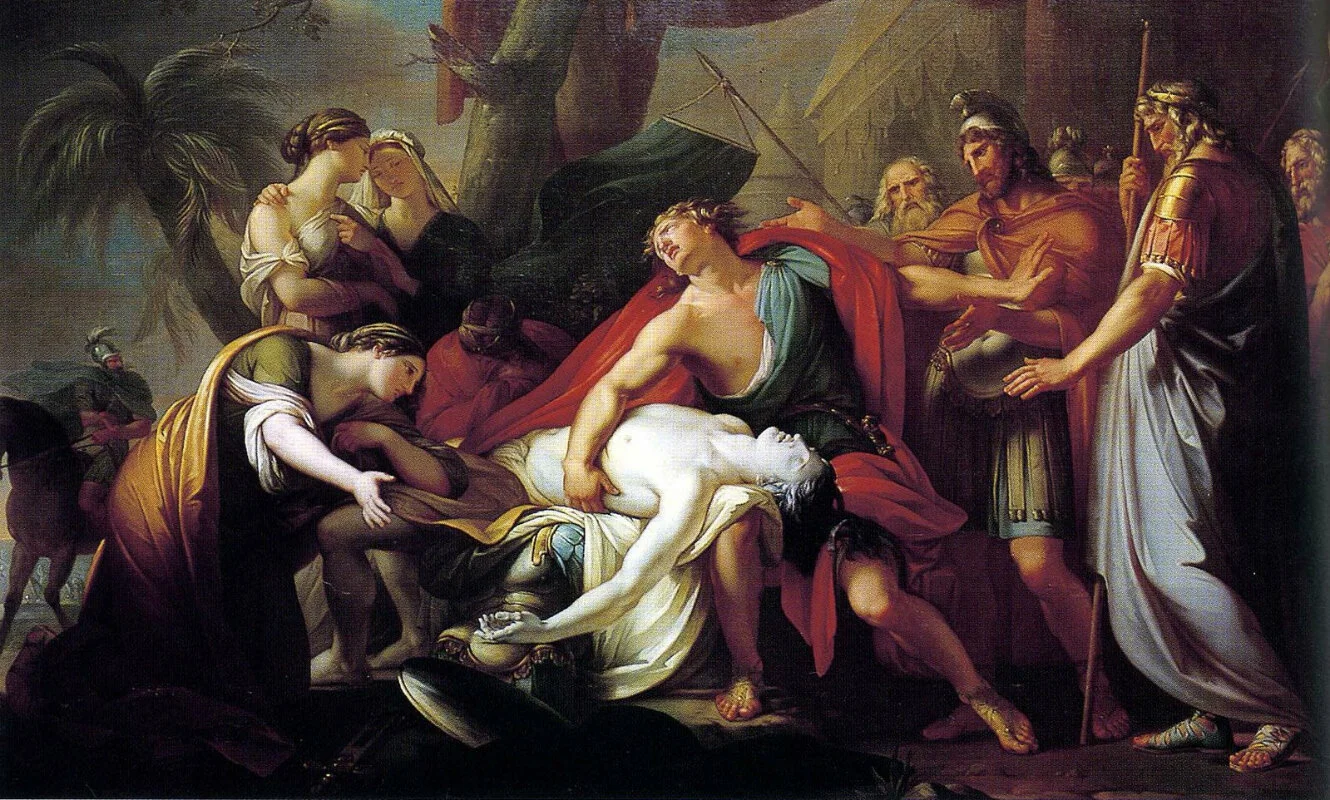The State of Diversity in Publishing
The publishing industry is changing constantly, especially with the aid of social media and technological advances. However, these kinds of developments in the publishing industry do not account for an increase in diversity, as indicated in the Diversity Baseline Survey created by Lee and Low Books. Lee and Low Books is an independent children’s publisher founded in 1991. Before Lee and Low Books created this survey, statistics on diversity in publishing were few.
In 2015, Lee and Low Books began surveying reviewer employees, trade publishing employees, university press employees, and literary agents. The survey includes statistics from the big five publishing houses (Penguin Random House, Simon and Schuster, HarperCollins, Hachette, and Macmillan).
The results from the survey are significant and indicate that diversity in publishing is lacking. One might think that as the social and political climate of America has changed to be more inclusive, that the publishing industry would follow the same pattern. It is true that publishing houses are looking for more diverse voices and stories - and there have been some successes with authors like Jason Reynold, Ibi Zoboi, Roxanne Gray, Elizabeth Acevedo and many others. But, those who work in editorial, marketing and publicity, art/design, sales, and production are not seeing a change in diversity.
These are the results from the Lee and Low Books survey taken in 2019. These results account for the industry as a whole. You can find the results for each of the departments here.
Lee and Low organized the data into pie charts and subcategorized them into these categories: race, gender, sexual orientation, and disability.
The publishing industry as indicated by the survey is still mostly white. Overall the industry is 76% White and only 5% of Black/Afro-American/Afro Caribbean and 6% Latinx/Latino/Mexican.
Lee and Low concluded that the publishing industry is “...just as White today as it was four years ago.”
So, why does all this matter?
If the goal of publishers is to create a more diverse environment and acquire more diverse stories, then shouldn’t the diversity rate be much higher? The survey shows that no significant changes have been made to include more ethnic groups and minority races. It is important that everyone has a voice in publishing. Stories have a way of bringing different communities and people together.
If publishers want to diversify the industry, then the change needs to start with how they choose candidates. Many of those who apply for a career in publishing are most likely White and have been in prestigious schools like Harvard or Princeton that offer more resources than most public colleges. But, having a bachelor’s or master’s degree from an Ivy League college does not make someone more qualified than others. Also, most public colleges don’t have programs to help prepare students for a career in publishing. These colleges are the ones with a high level of diversity and a low level of opportunity.
The City College of New York and Brooklyn College are the only two CUNY schools that have a publishing certificate program to help encourage diversity in the publishing industry. Private schools like Columbia University and NYU offer publishing programs as well. If schools offered more programs like this, then the diversity problem the publishing industry is facing now could potentially be resolved.
Overall, the publishing industry is a channel for authors to voice their stories - powerful, inspiring, and invigorating stories. Advocating for more diversity in publishing means that more of these diverse stories can come to fruition.











